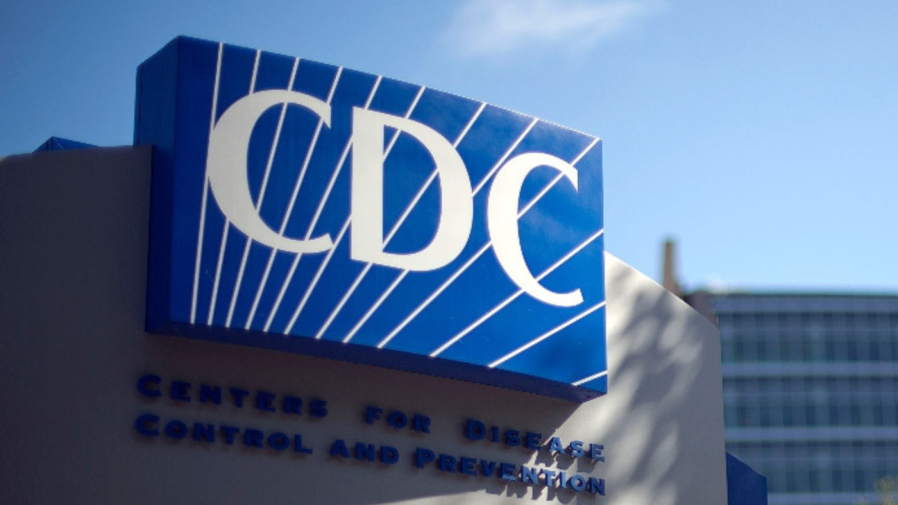Leprosy could be endemic to the US. Here’s what to know

Cases of leprosy have been on the rise in the Southeast, particularly in Florida, and scientists at the Centers for Disease Control and Prevention (CDC) say the disease could be endemic to the region.
Leprosy, scientifically known as Hansen’s disease, is rare in the U.S. and has usually been found in residents with a history of foreign travel or in people who immigrated from areas where it is more common.
But according to a new case report from the CDC, that may be changing and physicians should be aware.
The report found that about 34 percent of new patients between 2015 and 2020 appeared to have acquired the disease locally.
“Travel to Florida should be considered when conducting leprosy contact tracing in any state,” the report said.
In the past decade, the number of reported cases has more than doubled in the Southeastern states. To be sure, the disease is still rare: Only about 150 to 250 cases are reported each year.
Florida was among the top reporting states in 2020, with 27 cases. Central Florida in particular accounted for 81 percent of those.
“Leprosy is here in the United States. It’s very low incidence and a very low endemic country, but it is here,” said Linda Adams, chief of the National Hansen’s Disease Program (NHDP) Laboratory Research Branch.
Leprosy is not highly contagious, and 95 percent of the human population has a natural immunity. It responds well to treatment and, if diagnosed and treated early, does not cause disability.
Leprosy is a chronic infectious disease caused by Mycobacterium leprae that primarily affects the skin and peripheral nervous system. Treatment is usually a three-antibiotic cocktail, which is free to patients in the U.S. It kills the bacteria within a few days, so the person is no longer contagious.
But part of the problem is that leprosy can be a very slow-developing disease, making it hard to trace where people contracted it from. Because of that slow growth, treatment can last up to two years.
Adams said a person could have a subclinical case for years before it develops into symptomatic disease.
Early symptoms are a rash and possible loss of feeling in the hands or feet. Yet the rash often resembles other skin diseases, and leprosy is so rare in the U.S. it could get misdiagnosed.
“So that is more of a problem. Many times in the United States, because it is a rare disease, physicians don’t consider leprosy as the first instance. So there is a delayed diagnosis. That is more of a problem than anything,” said Ramanuj Lahiri, senior research scientist at NHDP’s Laboratory Research Branch.
“We have fantastic treatment … It’s not a problem to cure a patient. The main issue is to diagnose,” he said.
Federal statistics show incidence of leprosy in the U.S. peaked in the mid 1980s, with 434 cases in 1985. A drastic reduction in the annual number of documented cases followed, bottoming out in 2000 with just 77 cases.
In the past 20 years, the numbers have been increasing, but the averages have been steady over the past decade.
The CDC’s report suggested scientists look into environmental reservoirs, like plants, soil, and water as a potential source of transmission.
Still, it’s not fully known how leprosy is transmitted, because of how rare it is. It’s thought that prolonged exposure is needed, but there’s also no way to know if a person is among the 5 percent of the world susceptible to it.
Diagnosis comes from a biopsy of the rash. There is no vaccine or a blood or skin test that will tell if you have been exposed or if you have preclinical disease.
The CDC report said physicians can help identify and reduce the spread of the disease through their efforts to report cases and their support in further research to assess routes of transmission.
For the latest news, weather, sports, and streaming video, head to The Hill.

